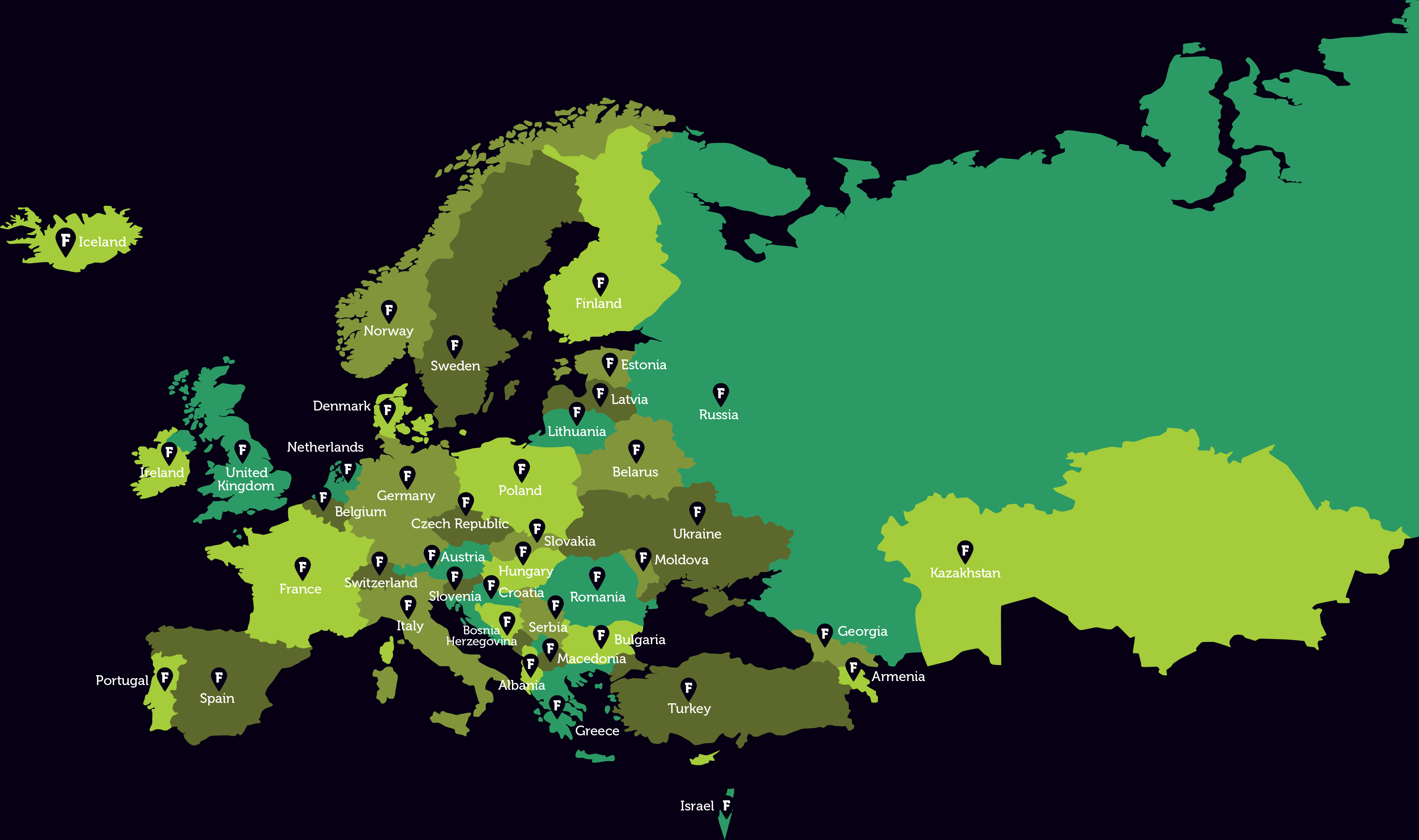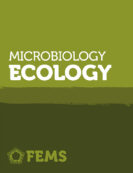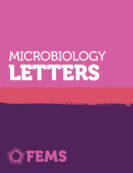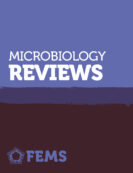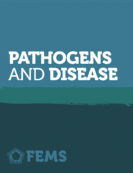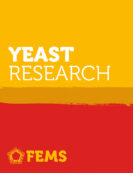About
We are made up of an active and diverse network of around 30,000 professionals who are committed to advancing microbiology for the benefit of society in the areas of health, energy, food, materials, and the environment. Set up in 1974, today we are a growing coalition of 55 Member Societies from 40 countries. Around half of those in our network are early career researchers, and others are business partners, scientists or campaigners.
Our commitment is to help support microbiologists do their work, promote the best in microbiology research and knowledge to the world, and bring microbiologists together to share that knowledge.
As a not-for-profit organization, we reinvest our revenues into supporting microbiologists throughout their career, publishing and promoting scientific research in our journals and organizing events to bring scientists together. Our Members are vitally important to our work, and we seek to support them do their work to jointly advance microbiology.
Strategic framework
Our main goals are to benefit microbiology in Europe and across the world through research, networking, education and outreach; and to help our Member Societies serve the microbiology community.
Our organizational priorities to achieve these goals are outlined in our Strategic Plan 2020-2024: Connecting People-Sharing Knowledge. This document outlines the goals we want to accomplish but also describes the value we place on achieving these in a fair, open and inclusive way. It details the challenges we need to consider as a small not-for-profit society and that our Members and all microbiologists face in the coming years. Our responses are outlined in a series of priorities which we want to achieve, all of which are aimed at promoting microbiology and supporting microbiologists.
All but one of the FEMS journals are now fully open access (OA), with one journal, FEMS Microbiology Letters remaining a subscription journal with free-to-publish and OA options. Open access is key to supporting the FEMS mission of disseminating high quality research as widely as possible: when high quality, peer reviewed sound science is open access, anyone, anywhere in the world with an internet connection, can read it.
